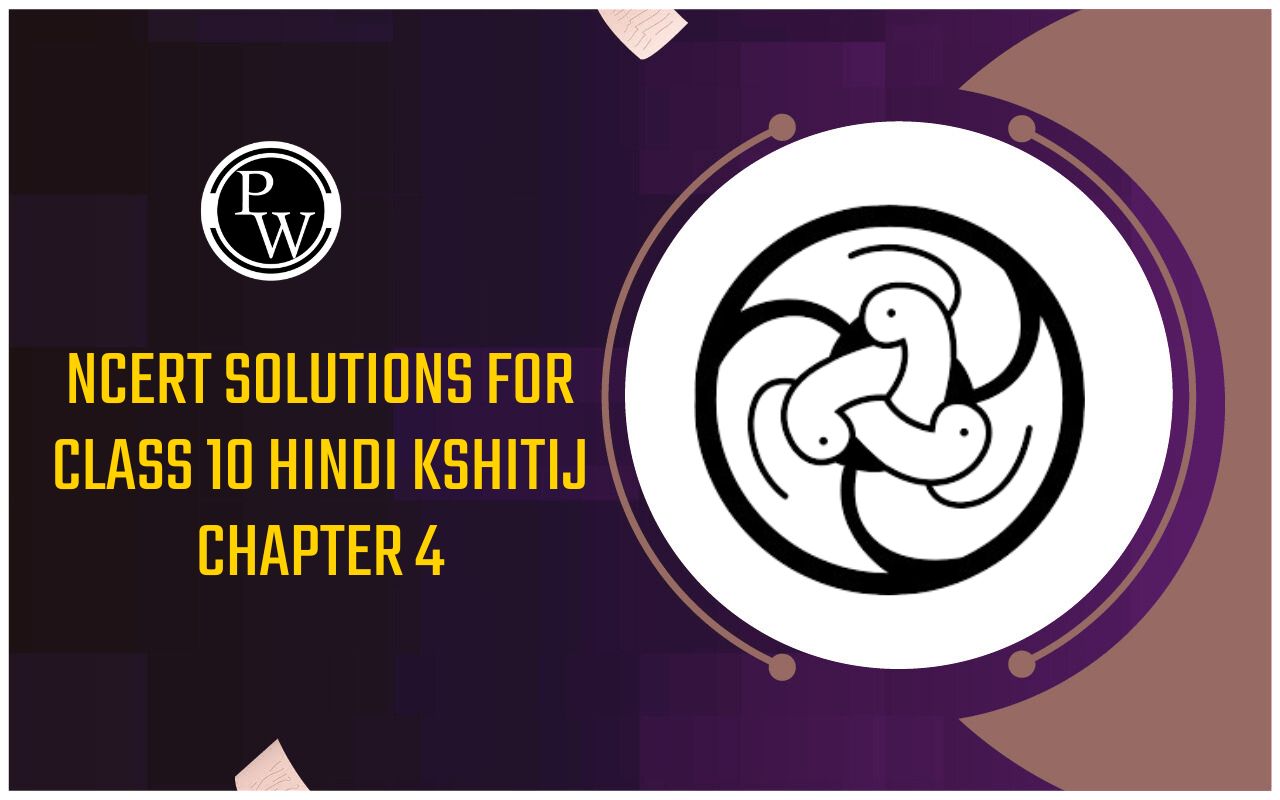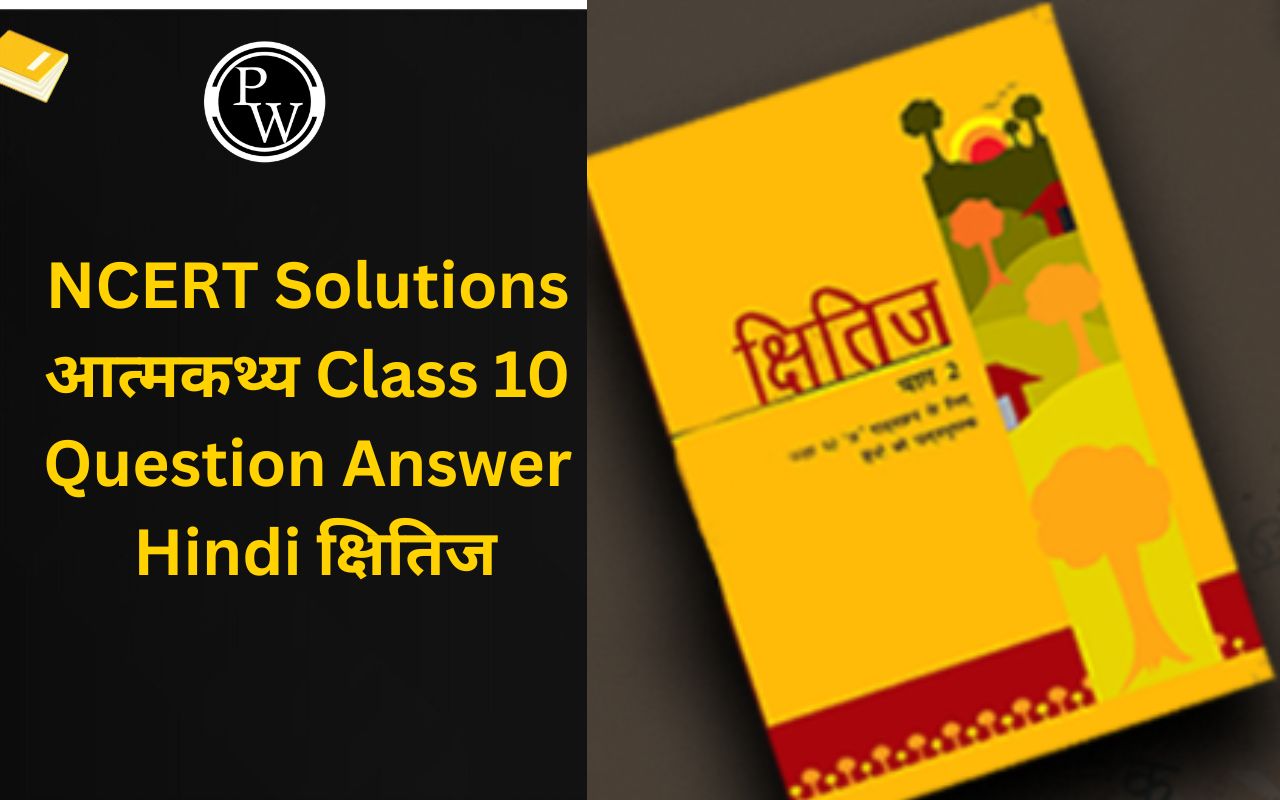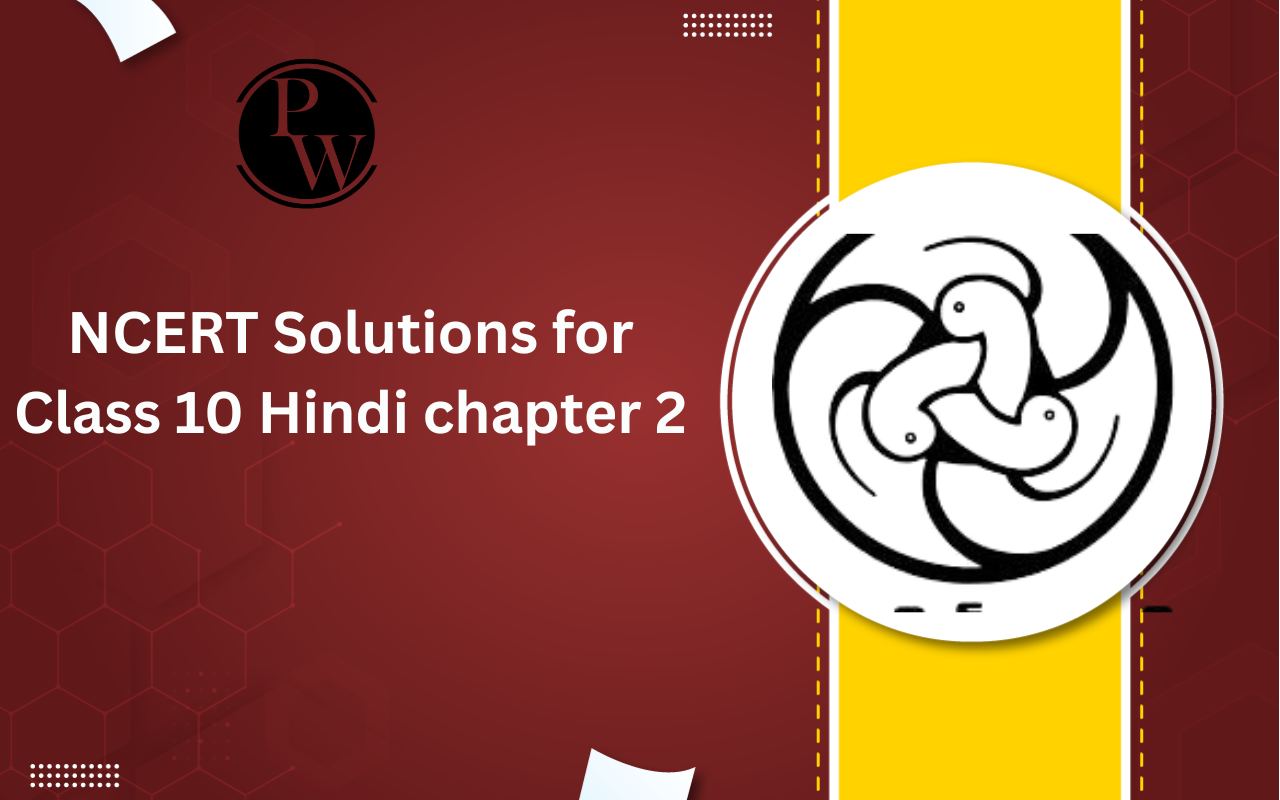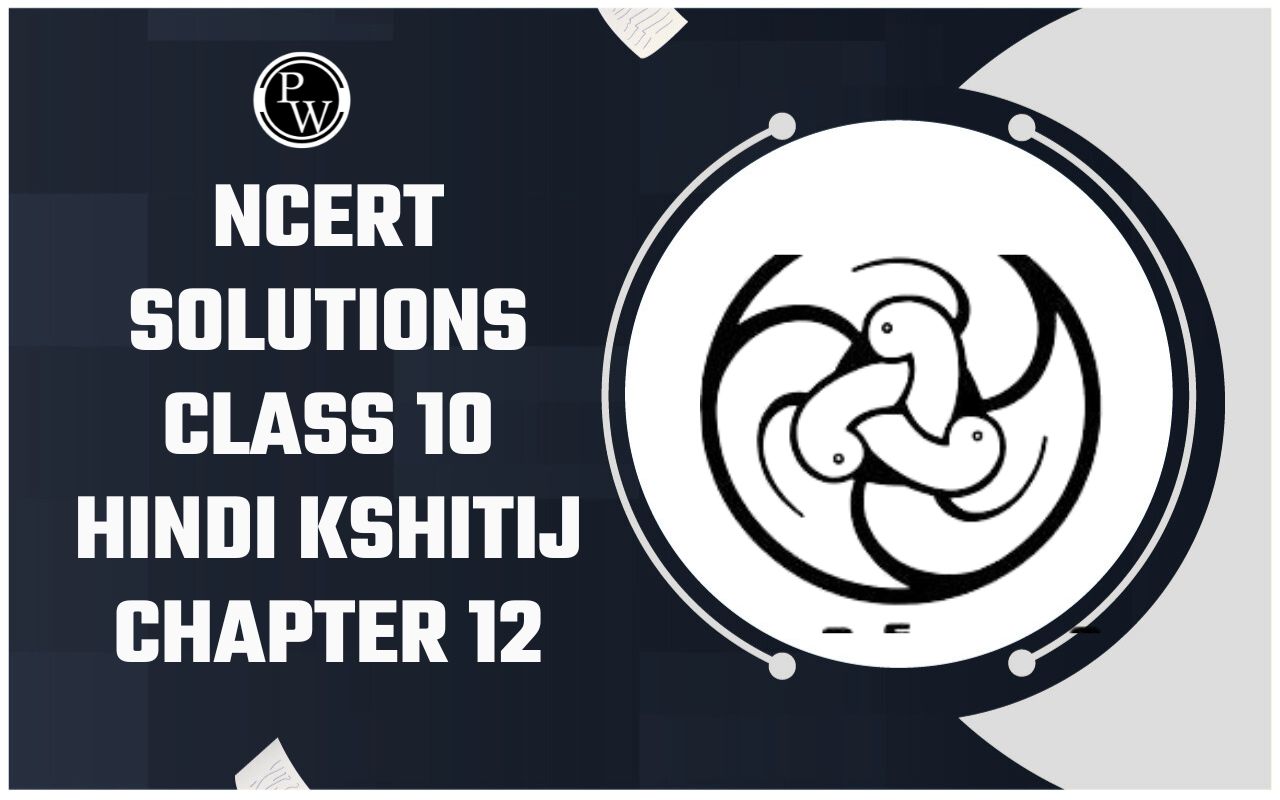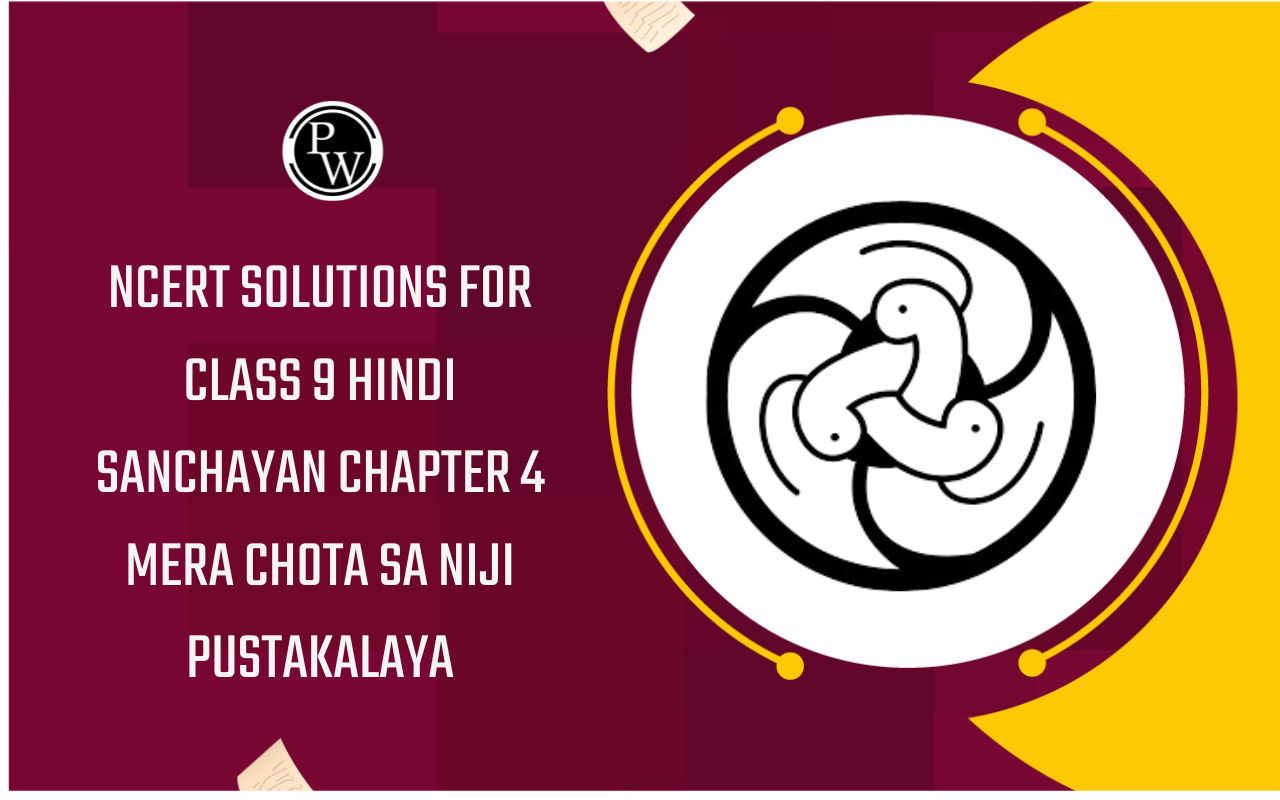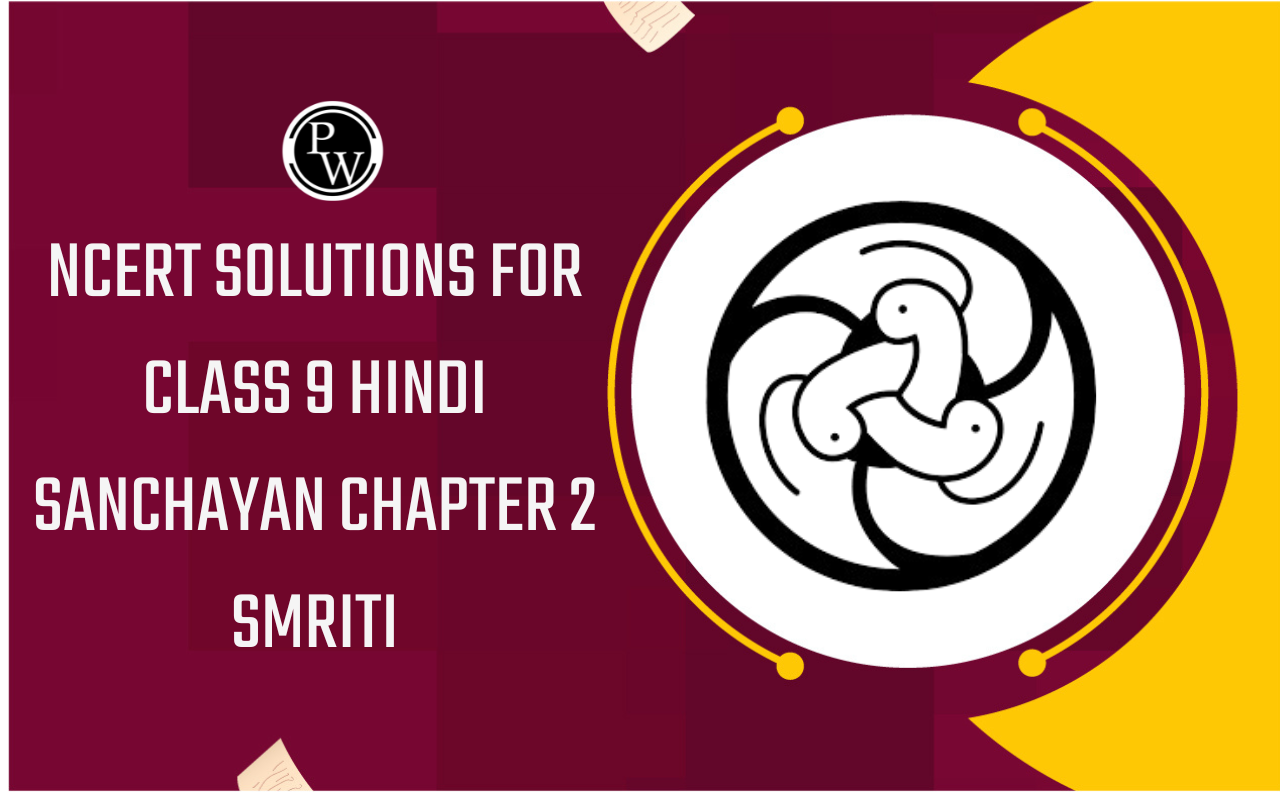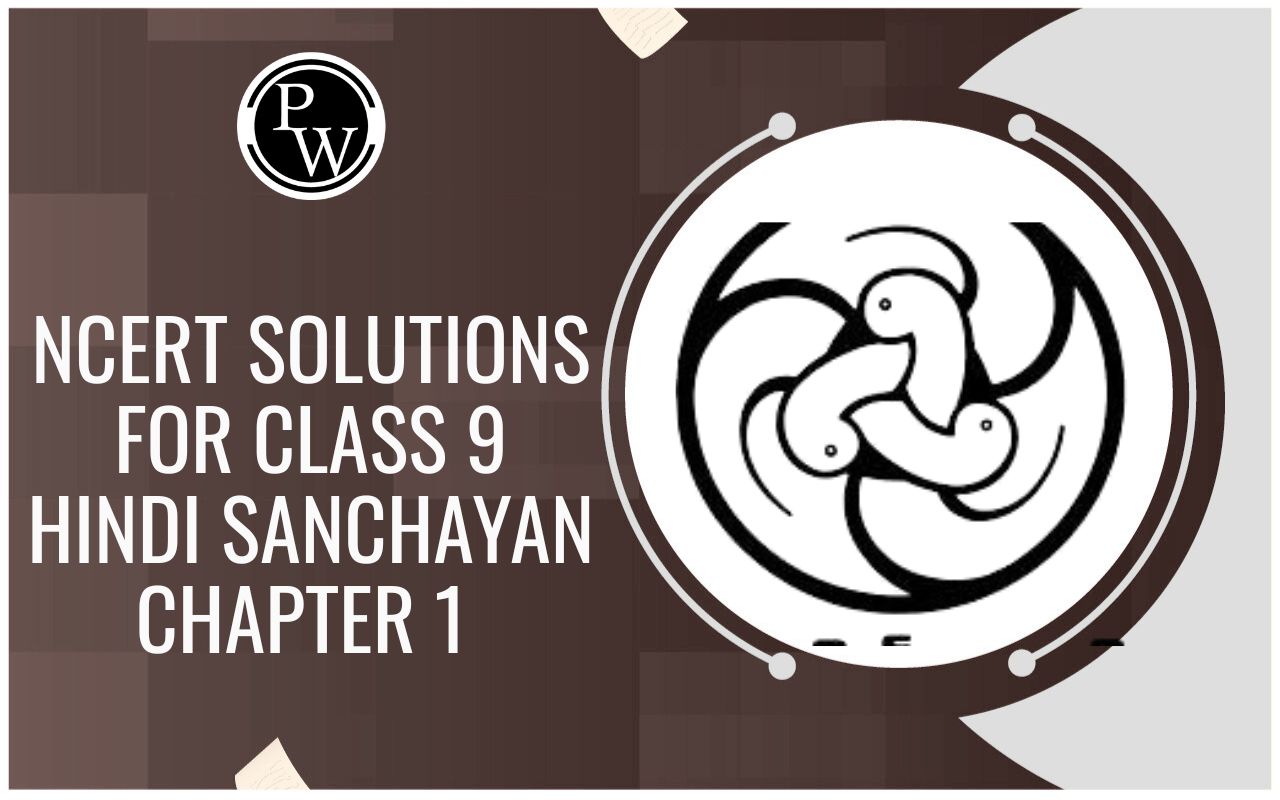
ICSE Worksheet for chapter-17 Electro Magnetism class 10
Worksheet For class 10
This page is prepared by the Academic team of Physics Wallah which consists of ICSE Board Worksheet for Class 10 Physics . Students of Class 10 Physics can get a free Worksheet for Class 10 Physics in PDF format prepared as per the newest syllabus and examination pattern in your schools.
Standard 10 students can practice questions and answers which are given here for Physics in Grade 10 that will help them to improve their knowledge of all important chapters and their topics. Students can also download free pdf of Class 10 Physics Notes prepared by teachers and solve important problems provided here with solutions on daily basis to get more scores in school exams and tests.
If any students need to take the online test to check their concepts or undertstanding then they can visit Physics Quiz for Class 10 .
Summary
- Magnetic force
- Electric motor – Principle, Construction, Working
- Electromagnetic Induction – Faraday’s Experiment, Laws of EMI
- Generator – Types of generator, Principle, Construction, Working
- Transformer – Types of Transformer, Direct current and Alternating Current
Section 1 - Objective
Q1. A wire carrying a current of 5A is placed perpendicular to a magnetic induction of 2T. The force on each centimeter of the wire is:
- 1N
- 100N
- 0.1N
- 10N
Q2. If a soft iron piece is buried under the surface of earth in the north and south direction, then
- It will acquire the properties of a magnet
- Its properties will not change
- It will behave like an insulator
- Can’t say with surety
Q3. Force acting on a stationary charge Q in the magnetic field B is –
- B Q V
- BV/Q
- ZERO
- BQ/V
Q4. A proton is moving with velocity 10 4 m/s parallel to the magnetic field of intensity 5Tesla. The force on the proton is –
- 8 x 10 -15 N
- 10 4 N
- 1.6 x 10 -19 N
- Zero
Q5. A wire of length ‘l’ is placed in a magnetic field ‘B’. If the current in the wire is ‘I’, then maximum magnetic force on the wire is:
- BIL
- B/IL
- IL/B
- I/BL
Q6. Which of the following statement is correct?
- A magnet may exert force on a charged particle
- A charged particle may move undeflected in a magnetic field
- Moving charges are the source of magnetic field
- All are correct
Q7. A magnetic field may:
- Change the velocity of a charged particle
- Change the speed of a charged particle
- Change the KE of a charged particle
- Stop a moving charged particle
Q8. Lenz’s law is a consequence of the law of conservation of:
- Energy
- Momentum
- Angular momentum
- Charge and mass
Q9. The induced emf produced when a magnet is inserted into a coil does not depend upon:
- The number of turns of coil
- The resistance of coil
- The magnetic moment of the magnet
- The speed of approach of the magnet
Q10. Lenz’s law
- Is the same as the right hand palm rule
- Determines the magnitude of an induced emf
- Bears no relation to the law of conservation of energy
- Is useful in deciding about the direction of an induced emf
Q11. A.C. used in our domestic consumption has a frequency
- 60Hz
- 50Hz
- 30Hz
- 100Hz
Q12. A solenoid having an iron core has its terminals connected across an ideal D.C source. If the iron core is removed the current flowing through solenoid is:
- Increases
- Decreases
- Remains unchanged
- NOT
Q13. Direction of force acting on a current carrying conductor kept in a magnetic field is given by
- Fleming’s right hand rule
- Fleming’s left hand rule
- Lens’s rule
- Faraday’s rule
Q14. The unit of induced emf is:
- Ampere
- Volt
- Joule
- Electron volt
Section 2 - Subjective
Q1. How can we find the direction of magnetic force on current carrying conductor?
Q2. What is an electromagnet? How does it differ from a permanent magnet? State three factors on which strength of an electromagnet depends ?
Q3. State Fleming’s left hand rule.
Q4. State the principle of a motor.
Q5. Write faraday’s laws of electromagnetic induction.
Q6. Write the five differences between AC and DC.
Q7. Give the working of slip rings in the AC generator.
Q8. State the types of transformer available.
Solutions for Section 1 & 2
Objective
|
1. C |
2. A |
3. C |
4. D |
5. A |
6. D |
7. A |
|
8. A |
9. B |
10. D |
11. B |
12. A |
13. B |
14. B |


